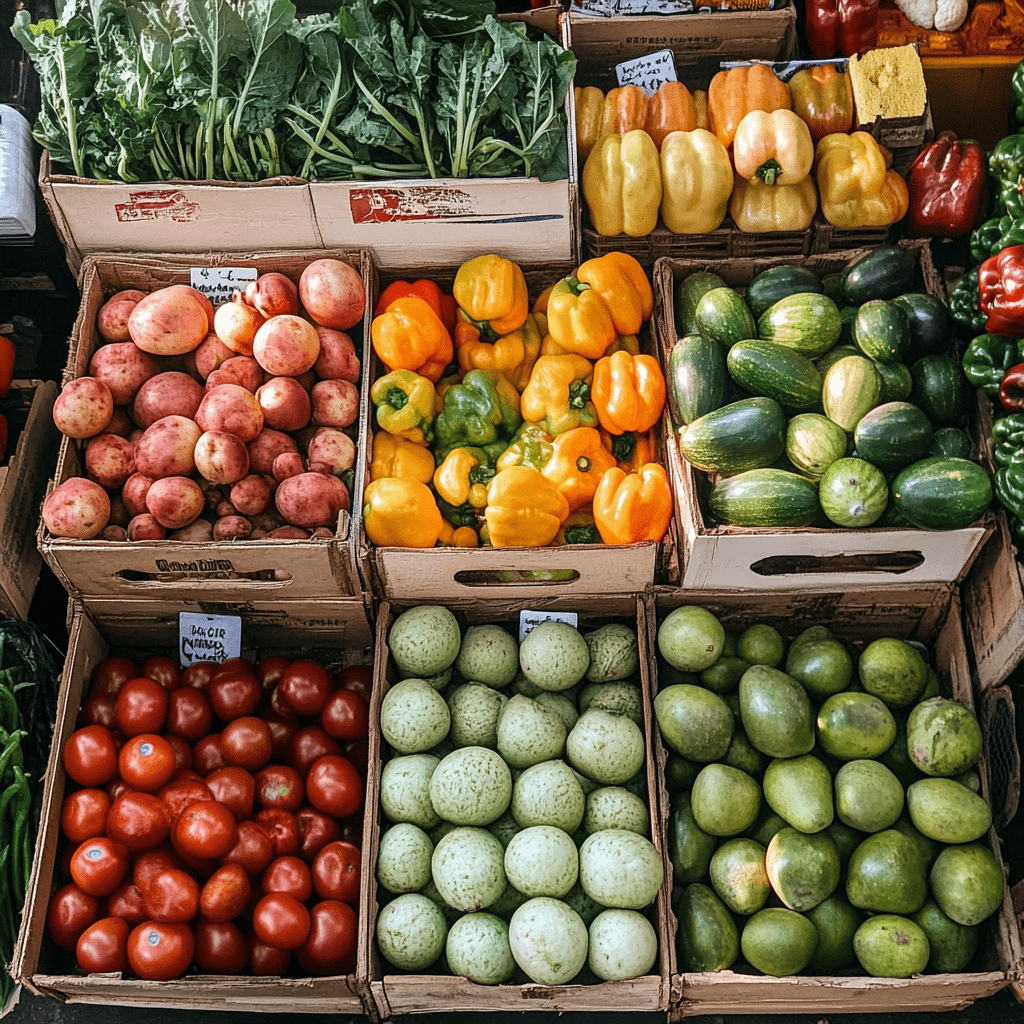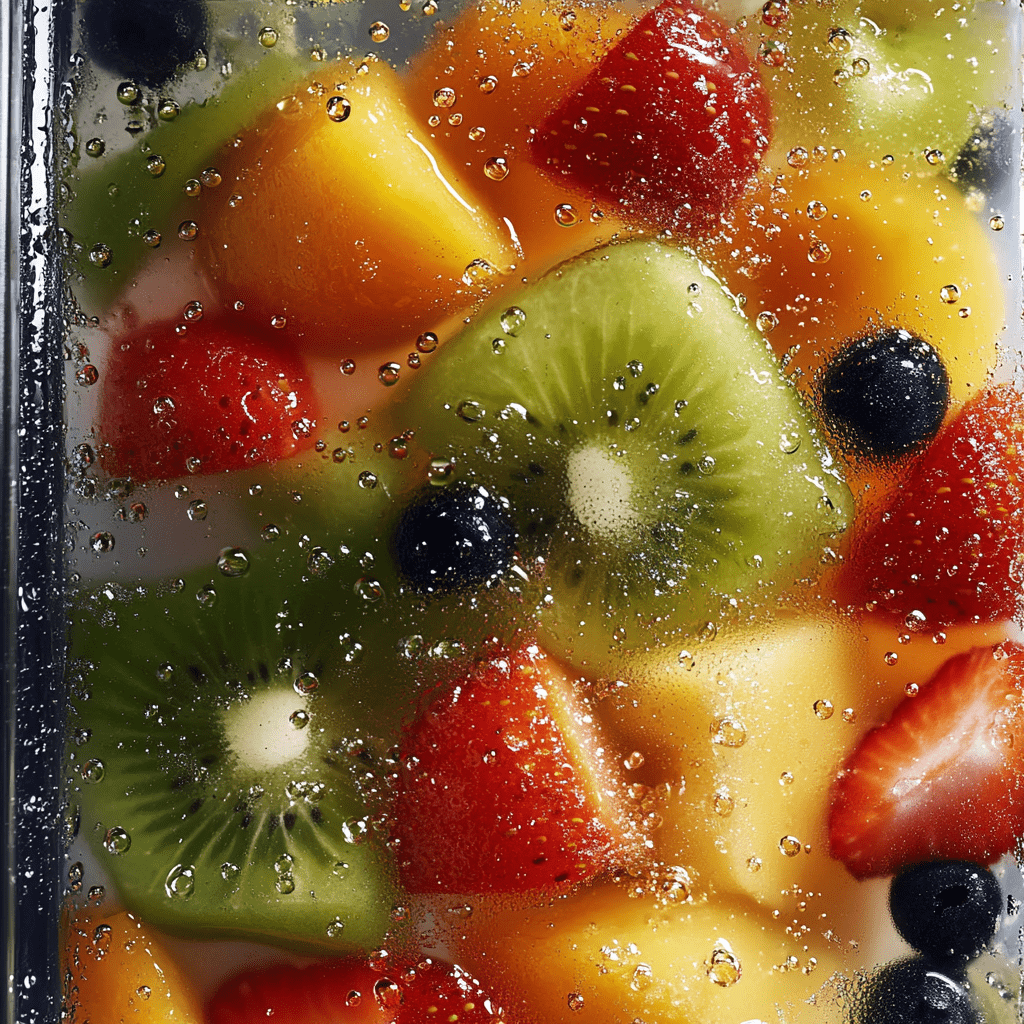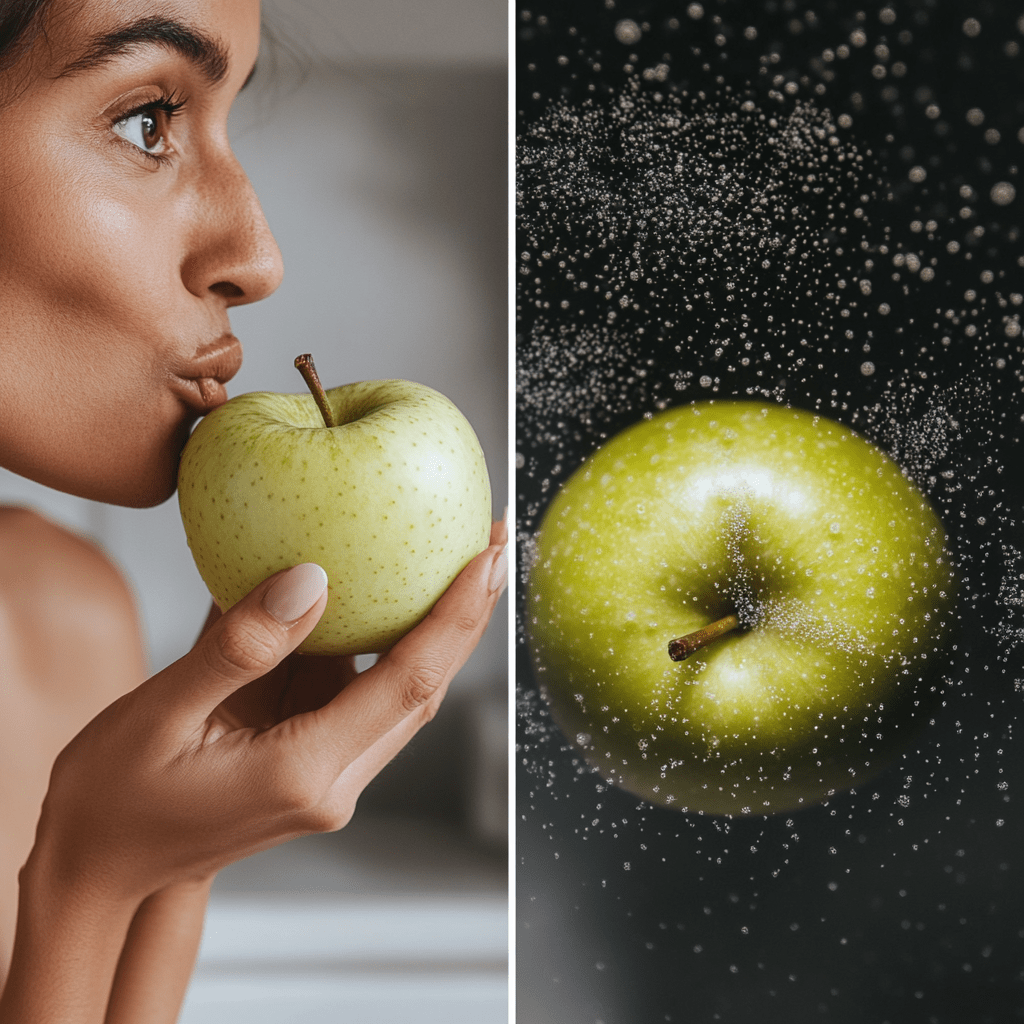You reach for that shiny apple, give it a quick rub on your shirt, and take a big, satisfying bite. We’ve all been there, right? But what if I told you that your produce might be harboring more than just natural goodness? Today, we’re digging into the dirt on unwashed fruits and vegetables, and trust me, it’s a topic riper than you might think.
The Pesticide Predicament
Picture this: you’re innocently munching on a strawberry, blissfully unaware that it might be wearing more chemical makeup than a Kardashian. According to Consumer Reports, a whopping 20% of common produce items pose significant pesticide risks. That includes those juicy strawberries you’re enjoying, along with bell peppers, blueberries, green beans, and potatoes. It’s like a who’s who of your favorite salad ingredients!
But before you swear off produce forever, remember that knowledge is power. Opt for organic when possible, especially for these high-risk items. And if organic isn’t an option, give your conventionally grown produce a thorough wash. It won’t eliminate all pesticides, but it’ll certainly help you avoid eating a side of chemicals with your five-a-day.
The International Intrigue

If you thought produce shopping was just a trip to the grocery store, think again. It’s actually an international espionage mission. Imported produce, especially from Mexico, is more likely to have risky levels of pesticide residues. It’s like a game of Russian roulette, but with green beans. In fact, shipments from Mexico have been repeatedly caught red-handed (or should we say green-handed?) with a banned pesticide called acephate. Talk about forbidden fruit!
To play it safe, pay attention to where your produce comes from. When possible, choose locally grown options or those from countries with stricter pesticide regulations. And remember, just because it crossed a border doesn’t mean it’s automatically suspect. A good wash can go a long way in reducing your exposure to these international interlopers.
The Organic Oasis
Ah, organic produce. It’s like the spa treatment for your fruits and veggies. Consumer Reports found that nearly all organic varieties have low or very low pesticide risk. It’s like sending your produce to a detox retreat, minus the green juice and yoga pants.
But let’s be real, organic can be pricey. If you can’t go full organic, prioritize it for the “Dirty Dozen” – those fruits and veggies known to have the highest pesticide residues. And remember, even organic produce needs a good wash. It might be chemical-free, but it could still be carrying around a bit of dirt from its all-natural upbringing.
The Pathogen Party
Think pesticides are the only uninvited guests at your produce party? Think again. According to food safety experts, the real troublemakers are pathogenic microorganisms like salmonella, listeria, and E. coli. These microscopic menaces can crash your digestive system’s party faster than you can say “food poisoning.”
The good news? A thorough wash can send most of these party poopers packing. Use cold running water and give your produce a gentle scrub. For leafy greens, separate the leaves and rinse them individually. It’s like giving your produce a spa day, minus the cucumber slices over the eyes (because, well, you’re about to eat those cucumbers).
The Fresh-Cut Conundrum

Pre-cut fruits and veggies might seem like a convenient shortcut, but they’re actually more like a highway to potential health hazards. Food safety experts warn that fresh-cut produce is more susceptible to harboring pathogens. It’s like giving bacteria an all-access pass to the juicy interiors of your favorite fruits and veggies.
If you do opt for pre-cut produce, make sure it’s been properly refrigerated and consume it quickly. Better yet, buy whole produce and do the chopping yourself. It might take a bit more time, but think of it as a mini-workout for your arms. Chop, chop!
The Soap Opera
In a plot twist worthy of daytime TV, using soap to wash your produce is actually a big no-no. I know, I know, it seems counterintuitive. Soap cleans things, right? Well, not when it comes to your fruits and veggies. The USDA advises against using detergent, soap, or commercial produce washes on your produce. These products aren’t approved for consumption and can actually leave harmful residues on your food. Talk about a clean gone wrong!
Stick to good old H2O for washing your produce. If you’re dealing with firm-skinned fruits or veggies like apples or potatoes, you can use a clean vegetable brush to scrub away any stubborn dirt or residues. It’s like giving your produce a good old-fashioned scrub down, minus the bubble bath.
The Timing Tango
When it comes to washing produce, timing is everything. It’s tempting to wash all your fruits and veggies as soon as you get home from the store, but resist the urge! Food safety experts recommend washing produce just before you plan to eat or cook it. Washing too far in advance can actually promote bacterial growth and lead to faster spoilage. It’s like inviting moisture to a mold party – things are bound to get funky.
So, keep your produce dry until it’s time to eat. When you’re ready, give it a good wash under cold running water. For berries and other delicate fruits, a quick rinse just before eating is perfect. It’s all about that last-minute freshness, like a celebrity getting a touch-up before stepping onto the red carpet.
The Risk Reality Check

Before you swear off fruits and veggies forever, let’s put things into perspective. Yes, there are risks associated with unwashed produce, but they’re relatively small compared to the health benefits of eating fruits and vegetables. Food safety experts point out that the chances of getting seriously ill from a meal in the U.S. are about as likely as winning the lottery. So don’t let fear of foodborne illness keep you from enjoying nature’s candy!
That said, it’s still important to practice good food safety habits. Wash your produce, store it properly, and pay attention to food recalls. Think of it as giving your immune system a fighting chance, like a boxer training for a big match. You’re just preparing it for whatever might come its way.
The Peel Plea
You might think that fruits with a peel you don’t eat, like bananas or oranges, don’t need washing. But hold your horses! Even if you’re not eating the peel, it’s still a good idea to give these fruits a quick rinse. Why? Because when you cut or peel them, you can transfer bacteria from the surface to the part you do eat. It’s like accidentally inviting the bacteria to the fruity flesh party you’re about to enjoy.
So, give all your produce a wash, even if you plan to peel it. For thick-skinned produce like melons or pineapples, use a clean vegetable brush to scrub the surface before cutting. It’s a small step that can make a big difference in keeping those uninvited bacterial guests away from your fruit salad.
The Temperature Tango
When it comes to washing produce, temperature matters. You might think that hot water would do a better job of killing bacteria, but that’s not necessarily the case. In fact, food safety guidelines recommend using cool running water to wash your fruits and veggies. Why? Because the temperature difference between cool water and room-temperature produce is less likely to cause damage to delicate fruits and vegetables.
So, keep it cool when you’re washing your produce. Think of it as giving your fruits and veggies a refreshing shower rather than a hot bath. Not only will it help remove dirt and bacteria, but it’ll also help keep your produce crisp and fresh. It’s like a spa day for your salad ingredients!
The Cross-Contamination Caution
Here’s a scenario for you: you’ve just finished chopping raw chicken on your cutting board, and now you’re ready to prep your salad. You give the board a quick rinse and start slicing your tomatoes. Stop right there! This is a classic case of cross-contamination, and it’s a big no-no in the food safety world. The USDA strongly advises using separate cutting boards for raw meats and produce to prevent the spread of harmful bacteria.
Invest in multiple cutting boards and designate them for specific uses. Use one for raw meats, another for fruits and veggies, and maybe even a third for bread and other ready-to-eat foods. It’s like creating VIP sections in your kitchen – some foods just shouldn’t mix. And always remember to wash your hands thoroughly between handling different types of foods. Your stomach will thank you later!


